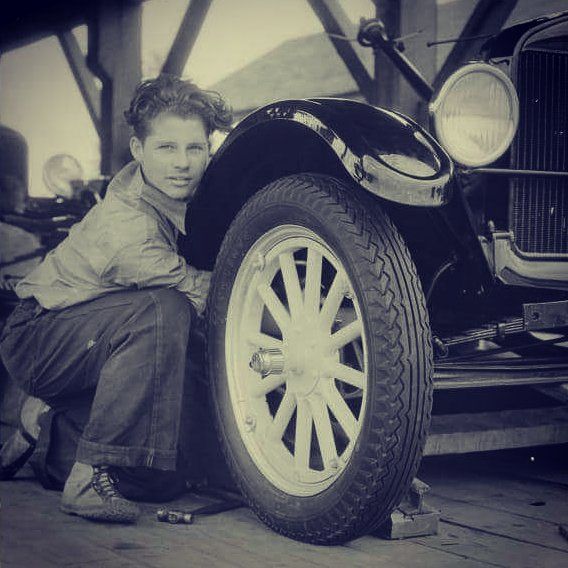2jakes
I'll Lock Up
- Messages
- 9,680
- Location
- Alamo Heights ☀️ Texas
“It’s yer move!”


Flypaper hanging from the ceiling!


Flypaper hanging from the ceiling!









